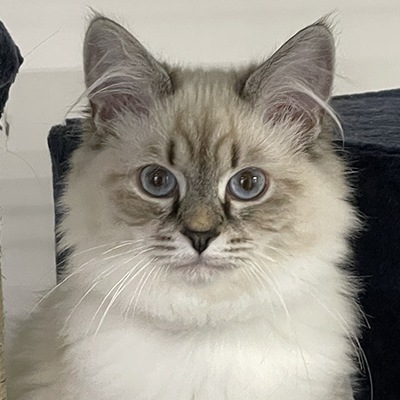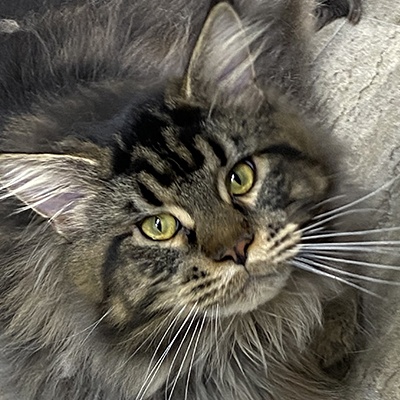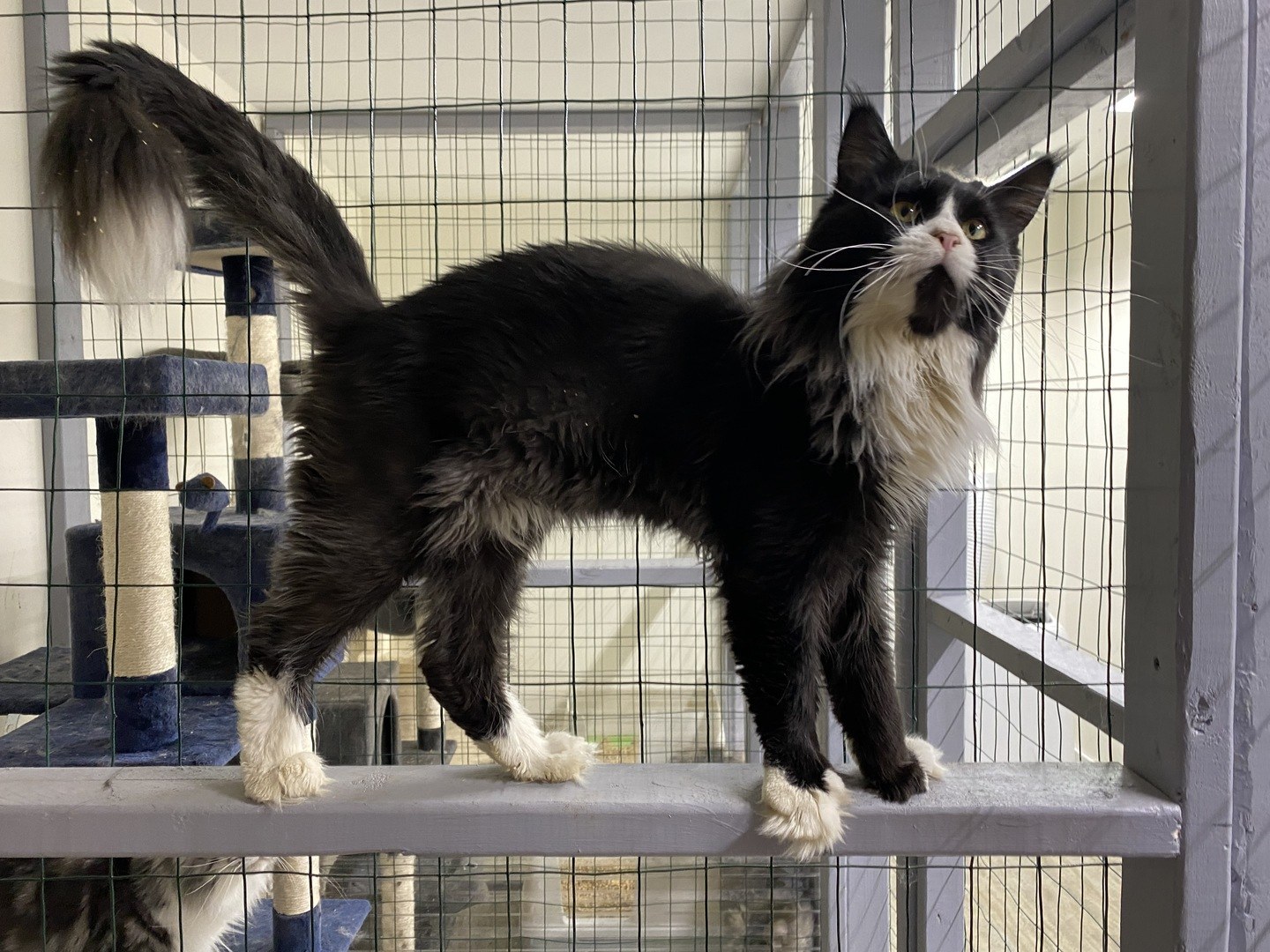History of Siberian Cats
Siberian cats are native to Siberia, a region in Russia. They are also the standard domestic cat in Russia. It is said that their district characteristics come from the geographic location of the area and being somewhat isolated from other breeds, as well as the environment that they had to adapt to.
Siberians first appeared on recorded over 1000 years ago. They are believed to have originated in the dense forests of Siberia. It is thought that they became domesticated when the ventured into nearby towns and farms to escape the brutal winter temperatures Siberia is known for.
Eventually they were brought into Russia, probably by nobles. Siberians were considered exotic pets, therefore owned by the wealthy. They also were brought in for a more practical reason; rodent control.
It is a widely believed that all long haired cats originated from this breed.
The first Siberians did not make their way into the United States until 1990. It wasn’t until after the Cold War ended and world wide trade opened up for exports, that Elizabeth Terrell from Baton Rouge traded some of her Himalayan cats for Siberian cats. In 1992 TICA recognized the breed.
Siberians are known for their amazing loyalty. They love to be around people and particularly their owners. This bred has a sense for when they are needed for psychological or moral support. They are sweet natured and they love to cuddle. They do like to play in water, so if they receive regular baths when they are kittens, they can be quite amendable to getting baths later on.

History of Maine-Coon Cats
There is very little factual history known about the origins Maine-Coon cats. There are, however, many theoretical ideas about their origins than any proven facts, therefore they have the most varied history of any breed. Stories abound of their origins from sea adventures, royalty, to mating a domestic cat with a raccoon.
The most likely story about their origins in the United States is that they are descendants of European ship cats. They were used on ships to catch mice. They are great mousers!
In the early history of the United States, actually going back to the original colonies, all of the major seaports were on the Atlantic Coast and more specifically to the North like Boston and an area that will eventually become Maine. When ships docked the cats would wonder off. They had to learn to adapt to the harsh winters and the natural environment of Maine. Because of this environment, they stayed isolated for 100s of years which helped them to stay unmixed with other breeds.
One theory that goes along with the idea that they were brought over from Europe and that might explain the second part of their name (coon) is that they were brought over by a ship captain named Charles Coon in the 1800’s. When he anchored in Maine he disembarked from the ship along with his mousers. These cats then started breeding with feral cats in town and as long haired cat litters starting popping up in town, the locals started calling these kittens, Coon’s cats because they looked like the Captain’s cats.

Some believe that the breed actually are descendants of Norwegian forest cats and were brought over by the Vikings, again as rodent control. If this were the case, Maine-Coons would be a much older breed than originally thought.
One theory that is scientifically inaccurate is that a domestic cat was bred with a raccoon and produce the breed we know today.
But a fascinating theory/story is that they originated from Queen Marie Antoinette’s Angora cats. Because of their long hair, it is widely believed an American domestic cat was bred with a long haired cat, possibly an Angora. That helps to make this story more believable. There was supposedly a plan to help the royal family escape from France during the French Revolution. A Captain Samuel Clough, who captained the brig names Sally was going to bring the royal family back to America and into Wiscasset, Maine where his wife had prepared a residence for them. Supposedly many of her possessions were loaded on the ship along with a family of Angora cats belonging to the Queen. Before the family could escape they were arrested and the Captain set out for Maine without his royal passengers, but in possession of the royal cargo. There is a house in Wiscasset called the Marie Antoinette House that still stands. It had been a museum but is now a private residence. Imagine the idea that Maine-Coons are all descendants of royalty! However, as with all other stories, there is no documented proof.
Maine-Coons are recognized by the Guinness Book of World Records as the longest cat in the world. They are the hardiest, furriest and largest of all domestic cat breeds in the Western World. They have earned the nickname of Gentle Giants because they are great with children, dogs, and elderly. They are one of the original cat breeds in the US.
History of Polydactyl Maine-Coons
Polydactyly is of Greek origins meaning many or extra toes. These cats are sometimes known as Hemingway’s Cats because over half of his cats were polydactyl cats.
This is a genetic mutation that is more of an oddity than a deformity. Average cats are born with an average of 18 toes (4 on their back paws and 5 on their front paws). However polydactyl cats can have up to 8 toes on each leg. This is said to make them even better hunters. This mutated gene is found predominately in Maine Coons and is passed on to their off spring. This gene normally overrides other genes. Polydactyls are thought to have lived in Maine for over 300 years and were first recorded on the ships coming into the harbors in Boston.

